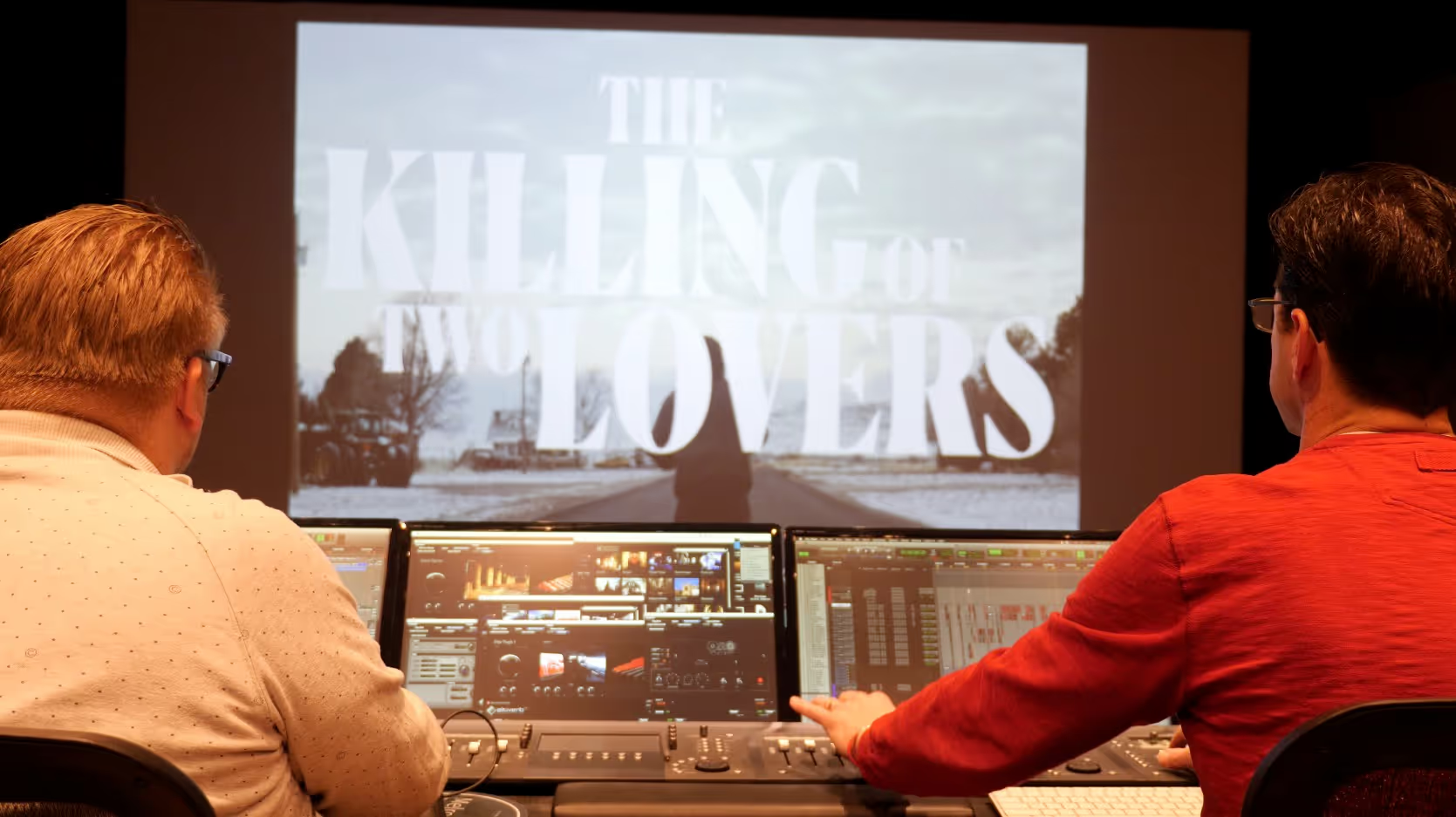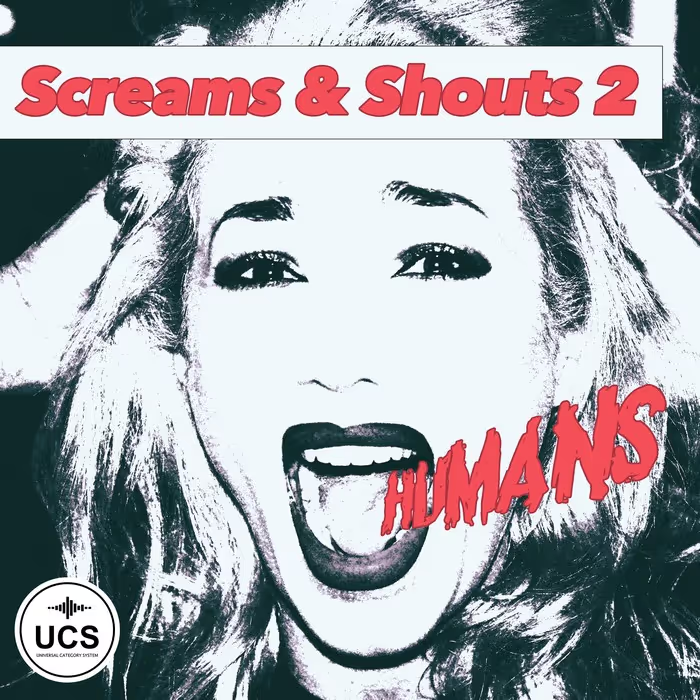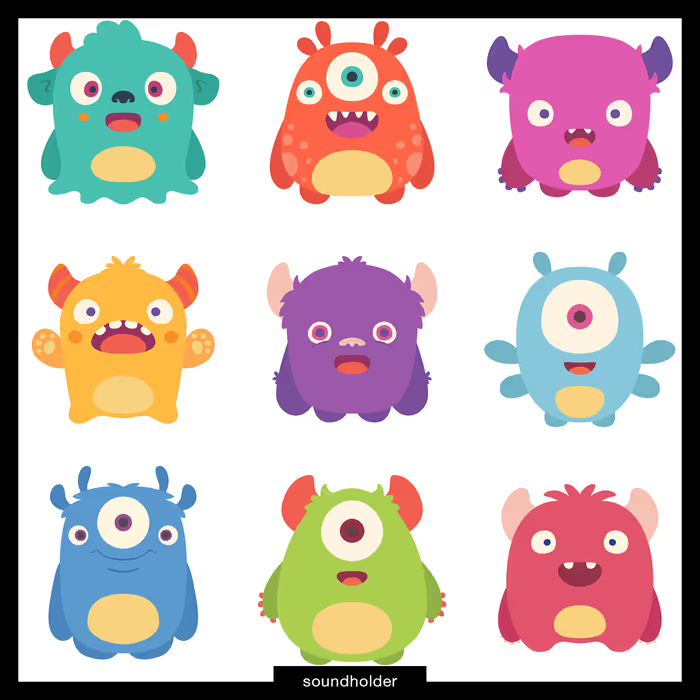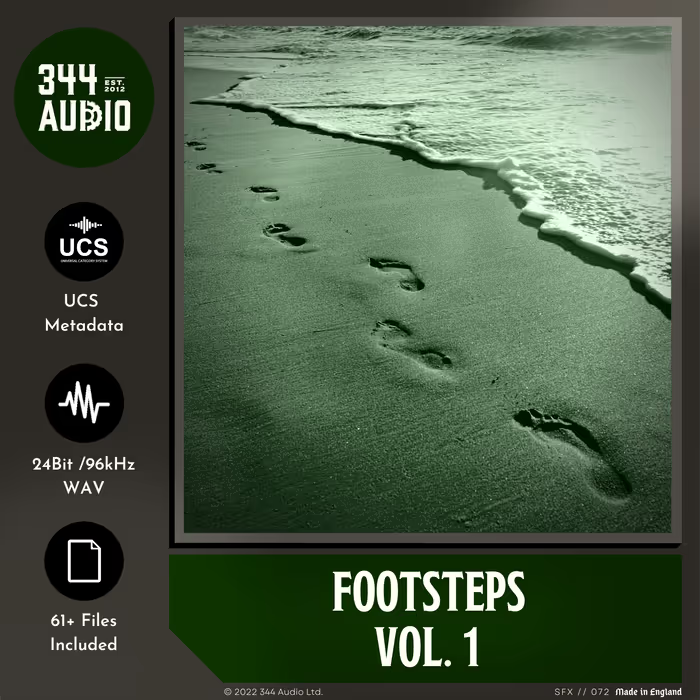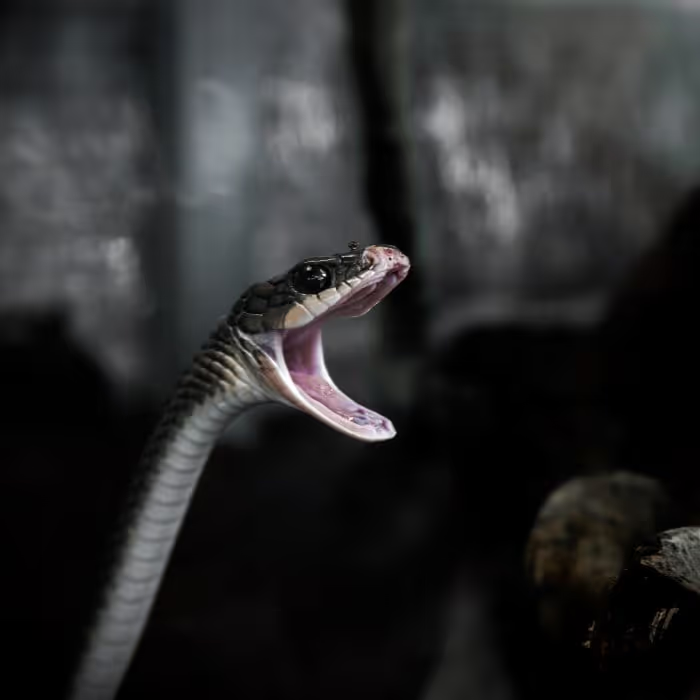We all know the incredible power of music to bring out emotion in a film. (Case in point is Disney/Pixar’s Coco. Miguel singing to Abuelita was instant waterworks for me. I’m tearing up just thinking about it!)
But what happens if you forgo music in a dramatic film? Can sound design be used to get that same intense emotional reaction that music can create?
Director/writer/editor Robert Machoian explores that territory in The Killing of Two Lovers, which is currently playing as part of the Sundance Film Festival’s NEXT showcase. The film tells the story of a family falling apart. It’s prime real estate for a poignant score. But Machoian chose not to have one. Instead, he reached out to award-winning sound designer/re-recording mixer Peter Albrechtsen, who is known for his musical approach to sound design.
Here, Albrechtsen talks about using sound to convey emotion, using musical techniques like repeating themes, using rhythm, and playing with tonality, and using ambiguous sounds to create a mood.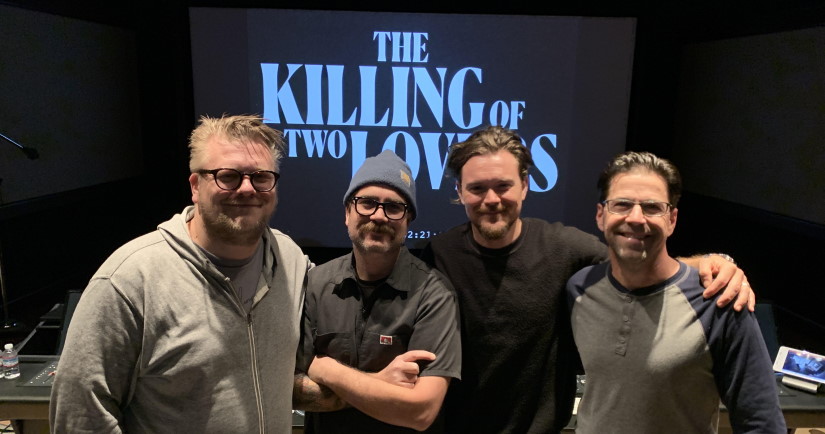
When did you get involved with The Killing of Two Lovers? Can you tell me about your collaboration with the filmmakers? What were their goals for sound and how were you able to help them achieve that?
Peter Albrechtsen (PA): The Killing of Two Lovers is the third film I’ve done with director Robert Machoian. His previous project, the short film The Minors, won a directing prize at Sundance last year.
Robert really loves to use sound as an integral part of his storytelling and when he had just finished the script for The Killing of Two Lovers he wrote me and said, “I really believe that you need to work on this film for it to be what I am imagining.”
So Robert was thinking of sound already when writing the script and on the shoot, which is incredibly important. He shot the film in these elaborate long takes, and quite often with minimal dialogue, so he left a lot of room for the sound design to shine.
He shot the film in these elaborate long takes, and quite often with minimal dialogue, so he left a lot of room for the sound design to shine.
The film is a family drama told from the perspective of a man, David (Clayne Crawford), who tries to overcome a lot of family issues and work out the relationship to his wife and his kids and Robert wanted the sound to reflect David’s inner feelings and all the emotional turmoil he’s going through.
Robert was also the picture editor so I did my first pass on some sound design sketches while he was editing and he integrated these into his cut. Even though it’s a low budget movie, it was a quite international setup: the dialogue edit was done by Ryan Cota in Sacramento, Michael Raphael recorded some really beautiful, desolate winds around the US, the Foley was done by Heikki Kossi in Finland, and I did the sound effects editing in my studio in Copenhagen with the help from two effects editors: Andreas Kongsgaard and Mikkel Nielsen.
Robert came over to Denmark for a week so we could develop the details of the sound design together. Then we did the final mix at Juniper Post in Los Angeles; I mixed ambiences and sound effects and re-recording mixer David Barber handled the dialogue and Foley.
The film description notes the “jarring sound design beautifully conveys David’s impulsive nature and his growing despair.” Can you elaborate on how you used sound to support/signify David’s emotional turmoil?
…Robert decided from a very early stage that there shouldn’t be any music in the film. That was a very bold choice that really opened up for a lot of very creative sonic decisions — it’s the sound design that shows the audience how David is feeling.
PA: In a lot of family dramas, the score is used to show the inner emotions of the characters. But Robert decided from a very early stage that there shouldn’t be any music in the film. That was a very bold choice that really opened up for a lot of very creative sonic decisions — it’s the sound design that shows the audience how David is feeling.
When the film starts, David is no longer living with his family; he spends a lot of time in his truck. We made a sound collage built from sounds of the truck with the car door slam as a kind of rhythmic element and creaking metal and rattles as textures and drones circling around that.
This collage comes back again in several places throughout the film. And the further we get into the film, the more subjectively we hear the world around David. There are scenes when people are talking to him and he’s almost phasing them out. We used weird echoes, distorted noises and abstract reverbs to show how he’s inside his head and is no longer registering reality. We are hearing the world through his ears. Clayne Crawford who played David (and also produced the film) did some really great efforts in ADR and his breathing is often the center of the soundscape.
Can you talk more about your musical approach to sound on this film? What scenes or sequences best represent this approach?
PA: The sound collages we use in the film are in many ways almost musical pieces but built from real sounds. For me, it’s like musique concrete, a type of music composition invented in the 1940’s that utilizes recorded sounds as raw material. It was interesting how this approach influenced the rest of the sound design, as I really used the rhythm of these collages as a foundation for the rhythm of the ambiences as well, so the birds, trains, car passes and other background sounds were cut rhythmically as well and I also pitched a lot of sounds just slightly to make them feel tonally right.
The sound collages we use in the film are in many ways almost musical pieces but built from real sounds. For me, it’s like musique concrete…
Using these abstract sound collages is a bit of a radical approach so they appear from the very beginning of the film, which is a good example of the sonic style of the film. For instance, David is very upset and running down an empty street while we hear this rhythmic cacophony of car doors, screeches, and metal sounds. The sounds around him are then integrated into the collage so his footsteps are echoing with the rhythm of the sounds and even the birds in the background are morphed into a weird reversed delay with the same tempo and pulse of the rest of the sounds.
Often we transition from the abstract rhythm of a car door into an actual car door slam you see in a scene which creates an interesting connection between abstract sounds and real sounds, between subjectivity and reality.
… it’s really like we’re treating the sound effects as musical instruments.
For me, it’s really like we’re treating the sound effects as musical instruments. We kept on developing these sound abstractions until the end of the mix and the whole process was super creative. Robert is very open for experimentation and likes to push the sonic palette for each and every scene.
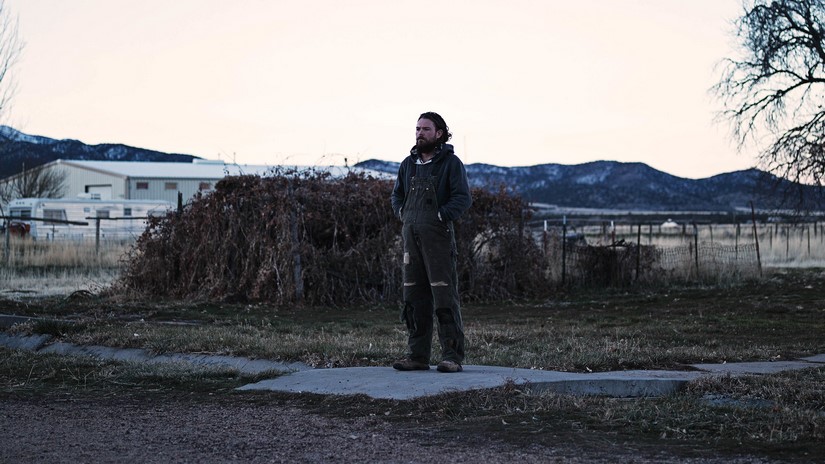
The film takes place in a small town. How does the sound of that place impact the story and/or the characters?
PA: The small town environment is something we use very much in the film. Robert actually did a couple of field trips himself to the tiny town in Utah where they shot the film and recorded different ambiences and quite a lot of those recordings were used in the film.
There were a lot of cows in his recordings which also inspired me to use that as one of the main elements in the backgrounds, together with different birds and insects during night scenes.
The interesting thing is that when the sources of sounds are very distant, it can be hard to hear what the sound actually is. I love that kind of grey zone of sound which is something I very much explored with the ambiences in the film.
I’m in love with train sounds, so there are some of those but they’re very much in the distance. It’s generally a film filled with distant sounds. The interesting thing is that when the sources of sounds are very distant, it can be hard to hear what the sound actually is. Is it a screeching train? A rumbling truck? Or perhaps some weird, wounded animal?
I love that kind of grey zone of sound which is something I very much explored with the ambiences in the film. It’s a way of underscoring the many ambiguous emotions in the main character. David can switch back and forth between kindness and anger in a split second and you’re never quite sure what he will do next.
What was the most challenging scene for sound? What were your challenges and your creative solutions for that scene?
PA: During the dialogue premix, dialogue mixer David Barber started panning the dialogue following the characters in the frame and it worked really well. For some of the arguments between David, his wife, and their kids it meant that their voices were panned to each side of the frame and it really enhanced the fractured feeling of the family.
The thing is, though, that the production sound was often a bit rough around the edges and sometimes recorded mainly on one microphone. Barber had to split up the signal and clean it up extensively with iZotope RX. He really did amazing things to split the voices up but it took a lot of hard work. Technically that was probably the most challenging thing, but it sure paid off in the end. The panning of the dialogue really enhances the inner drama of the film.
In terms of sound, what are you most proud of on The Killing of Two Lovers?
I really like how the sound, on all levels, reflects and enhances the characters and the drama…
PA: I really like how the sound, on all levels, reflects and enhances the characters and the drama — the dialogue panning, the use of ambiences, and the subjective sound montages. I’m very happy that Robert’s decision to not use music really paid off and made room for another way of listening. It’s a very low budget film but Robert made sure that we had the necessary means to explore what can be done with sound. It’s a movie with its own sonic personality and I’m very proud of that.

